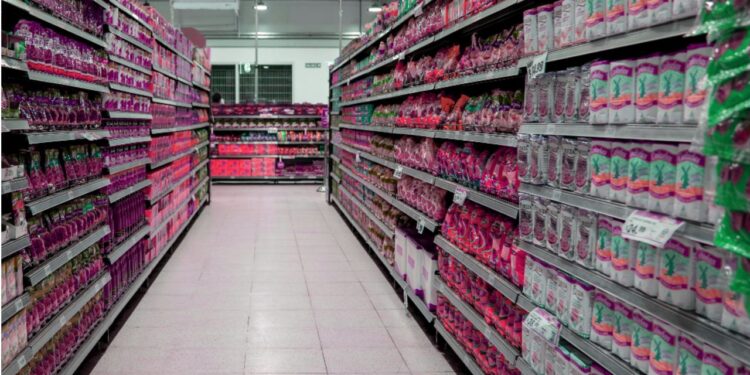Consumer spending in the United States saw a modest increase in October, while the annual inflation increase was cited as the smallest since early 2021.
According to a report published by Reuters, the modest consumer spending, which accounts for over two-thirds of U.S. economic activity, is a result of higher borrowing costs and depleted savings — particularly felt among low-income households.
Despite wages remaining high, their growth rate is reported to have slowed, which leads economists to suggest a gradual easing of labor market conditions. This movement could lead to a labor market where the demand for labor decreases, potentially contributing to a rise in unemployment or a slowdown in wage growth.
Student loan repayments resuming for millions of Americans could also add to the constraint of consumer spending in the coming year. The added financial strain could lead more individuals to be more cautious in spending, causing millions to focus more on personal savings, which could in turn impact various sectors of the economy that rely more on consumer spending.
Inflation, analyzed with the personal consumption expenditures (PCE) price index, was unchanged in October. Reuters reports that a year-on-year increase of 3.0%, was the smallest gain since March 2021. This deceleration in inflation could influence the Federal Reserve’s future monetary policy, possibly leading to an end to the current cycle of interest rate hikes.


 Dr. Gleb Tsipursky – The Office Whisperer
Dr. Gleb Tsipursky – The Office Whisperer Nirit Cohen – WorkFutures
Nirit Cohen – WorkFutures Angela Howard – Culture Expert
Angela Howard – Culture Expert Drew Jones – Design & Innovation
Drew Jones – Design & Innovation Jonathan Price – CRE & Flex Expert
Jonathan Price – CRE & Flex Expert










